Still, my vacation had a "physics" component to it. As one of my stops, I visited the Kennedy Space Center in Cape Canaveral, Florida. I've never been to this place before, even though I've always wanted to go there especially during the Shuttle era. However, I never made it there till now, which I later found out, has its advantages. I will explain why that is so when we get to that point.
So this is the entrance to the visitor center. As you can see, there are constructions on new facilities that they are building to expand and enhance the visitor center.
We made it to what I jokingly called the rocket graveyard. These cover the history of rocket propulsion that led to NASA sending satellites and manned space craft into space.
They had the bridge that used to connect the launch structure to the space module. So this is what the Apollo astronauts saw when they are walking into the capsule right before launch.
Here's what one of the capsules looks like. Man, was it tight!
I spent a bit of time looking around more of the visit center, but then took a tour that I signed up months ago. This is not your ordinary tour that they have running almost all day at the Space Center. This was a tour of the Launch Control Center. It appears that they started giving this tour about 2 months ago, and supposedly, they have not received any indication right now if it will go on after the New Year. This tour is only done once a day, and limited to less than 25 persons per tour. We were also not permitted to bring anything that we could not carry all the time, i.e. we were not allowed to put things down on the floor and walk away. This was beside the fact that we will be having 2 security escorts while in the building.
Now this is where coming here after the Shuttles had been retired was a plus. It turns out that they had never given the public access to the Launch Control Center (or what they refer to as the Firing Room) till now. In fact, most people working at the Kennedy Space Center have never been allowed to be in such a room. The reason why they are doing it now is because there are no more Shuttle launches. However, the room is still "operational", and it will be modified for NASA next program. That was the reason for all the restrictions and security.
Well, enough of that. Here are pictures that I took of the LCC. We arrived at the building and this was the lobby.
They have a few things on display in the lobby, including a very old console that, I think, was used during the Apollo program.
But what drew my eyes more was this wall of plaques of all the space launches that were done out of this building.
This includes the Apollo 11 mission,
and the first mission of the Space Shuttle
Each of the plaque had a launch date and the date it landed. However, two of the shuttle mission didn't have a "Landed" date, and those of course corresponded to the two tragic shuttle accidents.
If you look closely at where the "Landed" tag should have been, you'll notice that the wall showed a bit more wear than usual. It turns out that NASA employees rub their fingers at these locations when they walked pass them as a sign that these astronauts are always in their thoughts.
We were then taken into an elevator up to the LCC. I don't quite remember seeing the firing room on TV (I'm more familiar with the Command Center in Houston). But it was still an impressive room, and we got to see it from various locations.
This was the view out of the window from the LCC. You can see the shuttle launch pad in the distance, and also the 2-lane gravel path that the crawler took from the shuttle assembly building to the launch pad.
After a long visit to the LCC building, we then got back on our bus and got a tour of the grounds. First off is the shuttle launch pad. I can only imagine what it would look like if the shuttle is all set and primed to go. Of course, I've seen it on TV, but I'm sure it would have been significantly more impressive in person. I would love to know more about their cryogenic systems to produce all those liquid hydrogen and oxygen.
We were then driven around a new launch pad that they are building for the Orion program (did they get full funding for this? I must have missed it). Our tour guide was continually gushing over this to emphasize that NASA is not dead, and that the space program is back in operation and "we are back in business".
We also drove by the crawler, which is now sitting outdoors. If you don't know this, the crawler was the vehicle that brought the upright Space Shuttle (i.e. the orbiter, the external rocket, and the solid rocket boosters) from the assembly building to the launch pad. It literally crawled at about 1 mile per hour. While this may not have been that different than watching grass grows, I wouldn't have minded to see that either!
Our last stop was the Apollo experience. We were dropped off at a building and entered a room that simulated the firing of an Apollo rocket. The equipment in the room was authentic, and the audio and simulate was incredible because one could hear the windows rattled during take off.
After that bone-jarring presentation, we were led into a huge building that housed the Apollo/Saturn V rocket. This was quite impressive. The Saturn V booster rocket alone is HUGE. Look at the 2nd picture that has human scale for you to compare.
We walked along the length of the rocket and saw various stages that separated at different times during launch.
A closer look at the Service Module and the Capsule.
This is the lunar lander, which was the only part of the vehicle that landed on the moon, and which a big part of it gets left behind.
This is the buggy that they used on the moon.
At the end of our visit, on the way out, we saw the construction of a building to house one of the Space Shuttle orbiter. This new attraction will open some time next year. So maybe this is a good reason to come back for another visit.
It was a wonderful experience. But being a physicist, I just wish that we had a tour guide familiar with the scientific/technical aspect of the program. As someone who is used to giving tours at our facilities, I'm always prepared to answer such questions, because you just never know if you get scientists in your audience. And I've had that a few times where physicists or engineers in the tour group started asking more "difficult" or more detailed questions. I supposed one has to know someone working there to be able to get a more personalized tour that will answer a more technical question.
So now you know a little bit of what I did on my last vacation! :)
Zz.
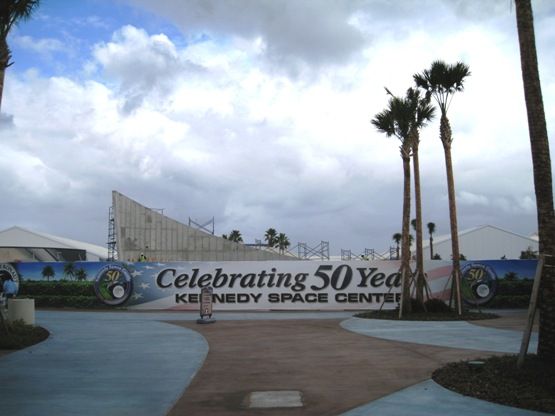


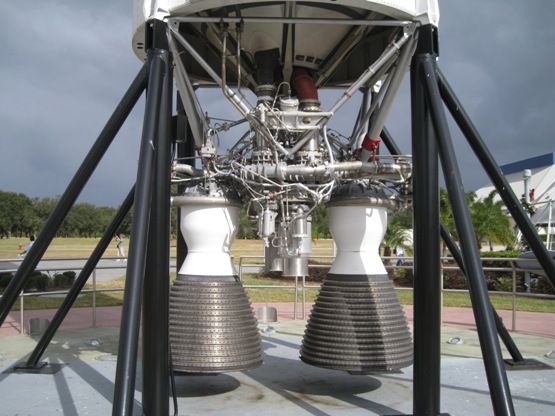
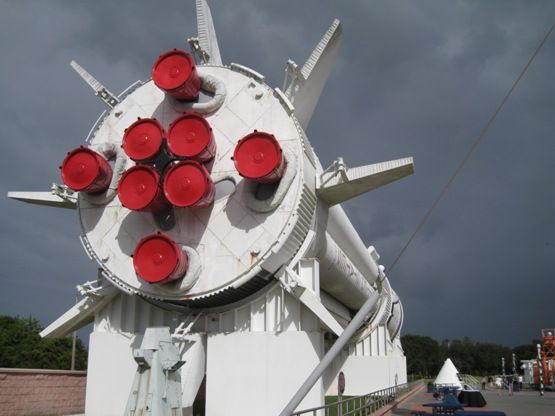

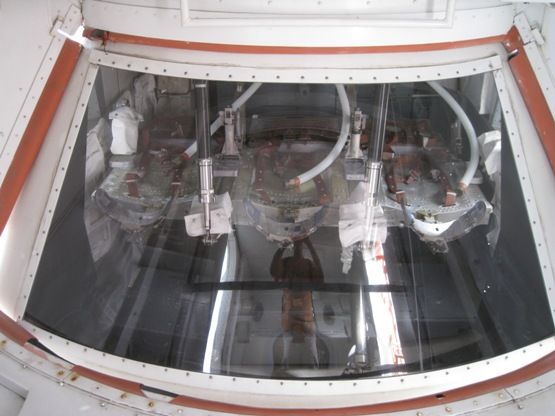
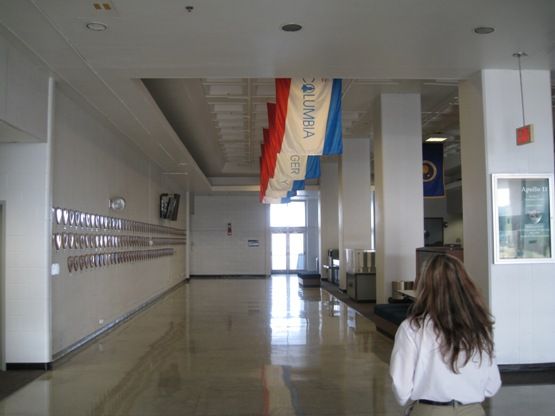

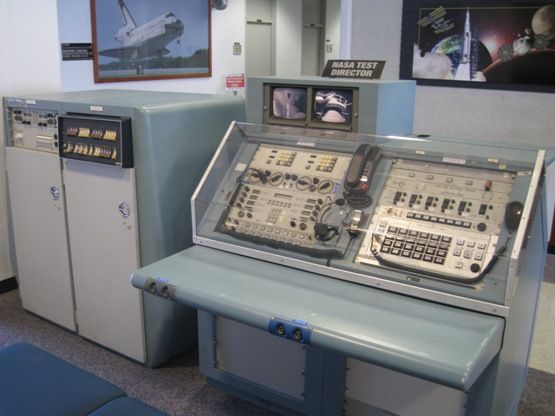
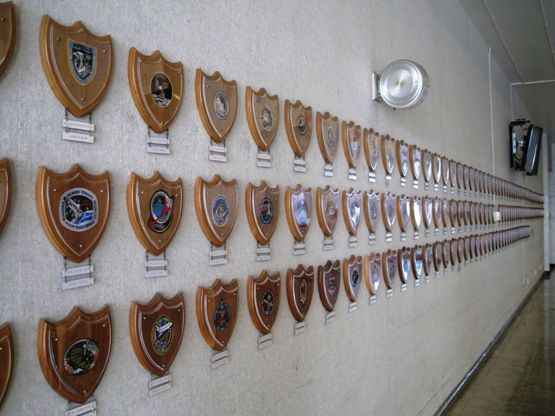


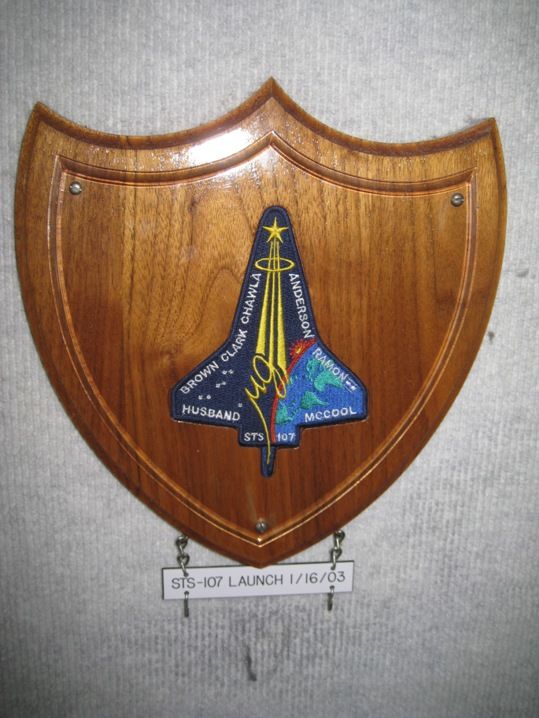
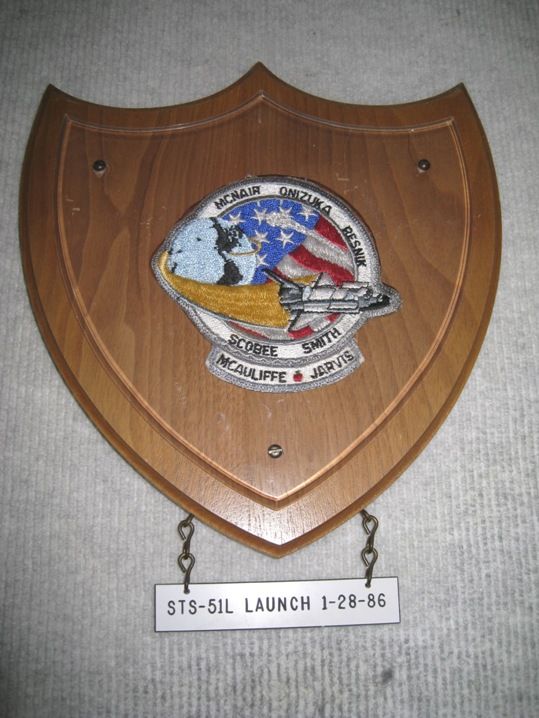


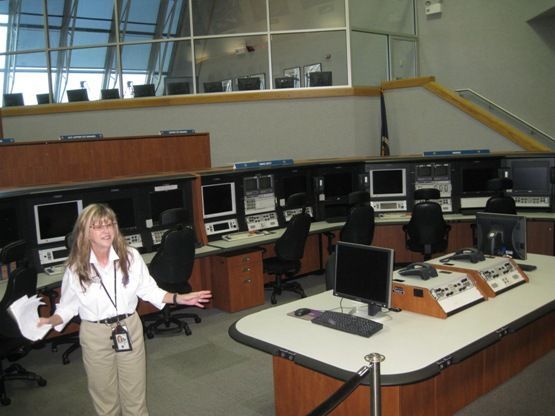
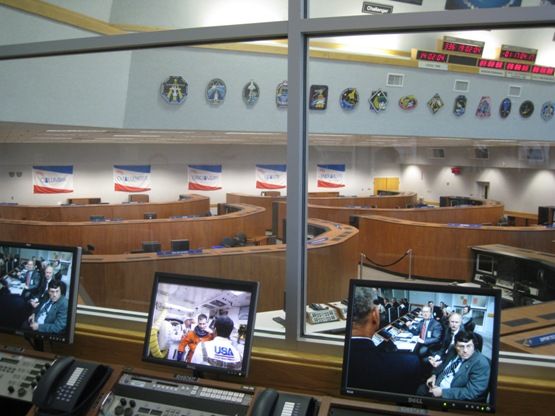
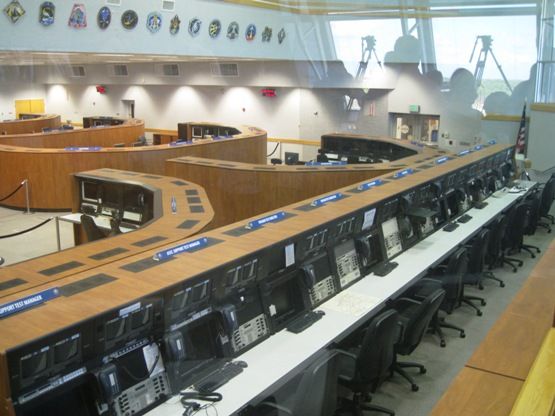
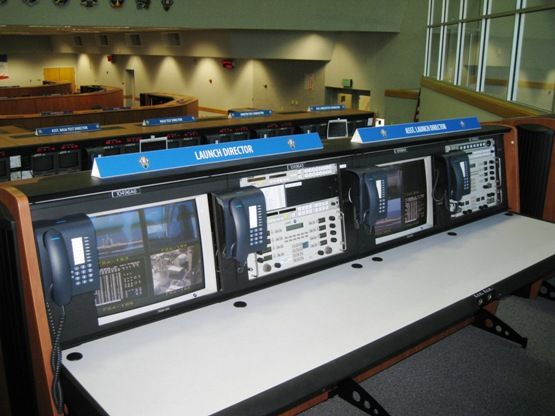



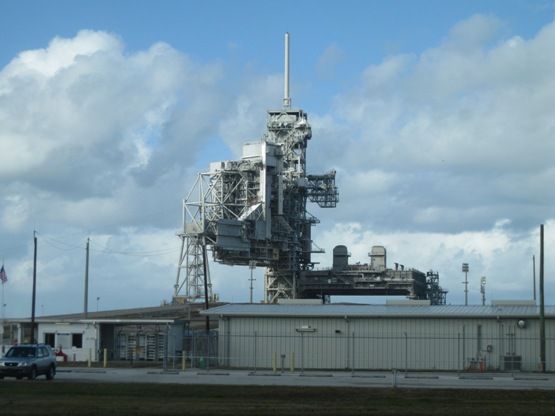

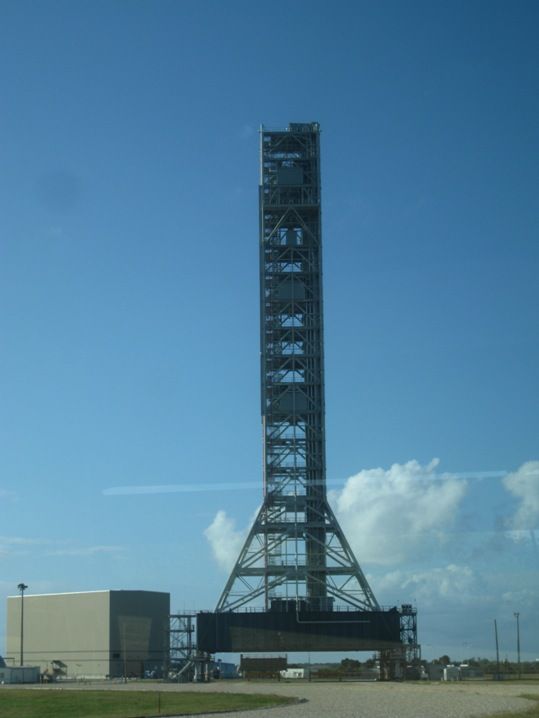
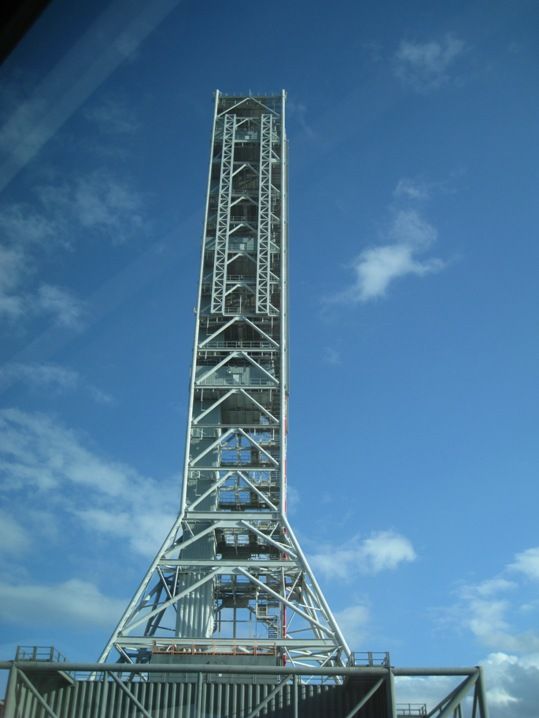
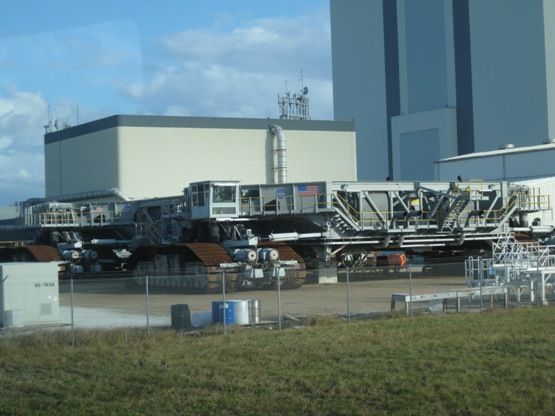
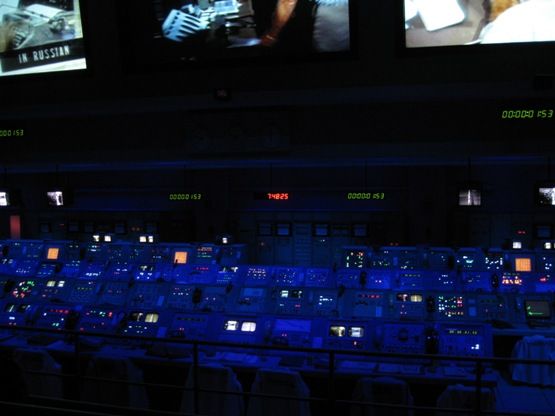
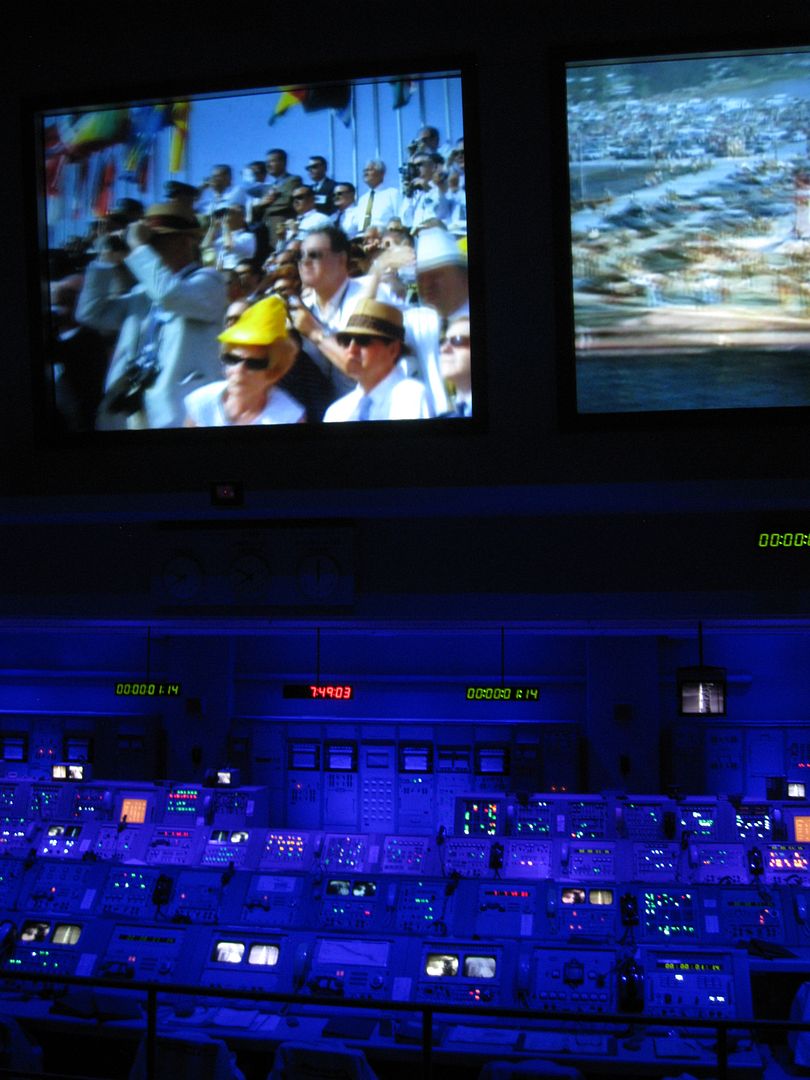

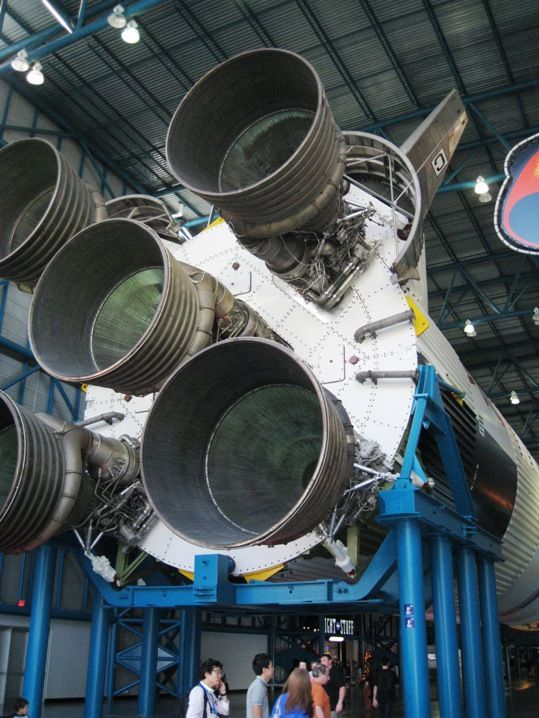

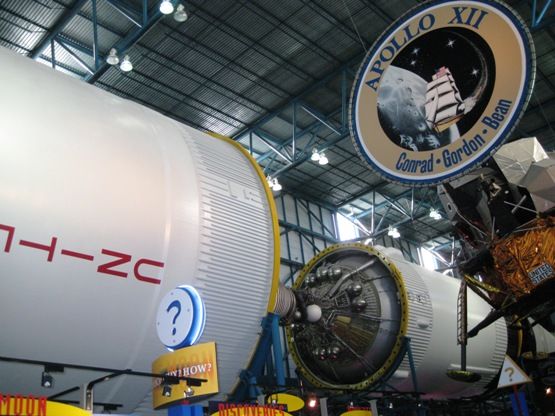
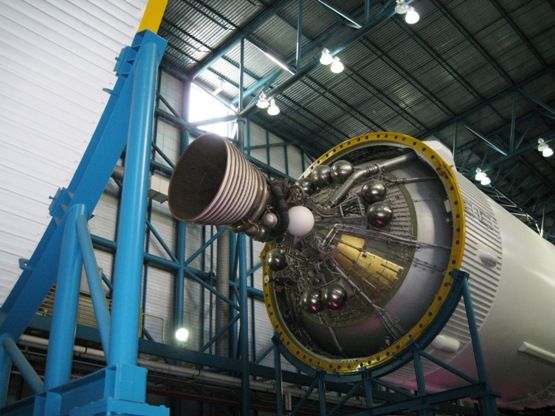

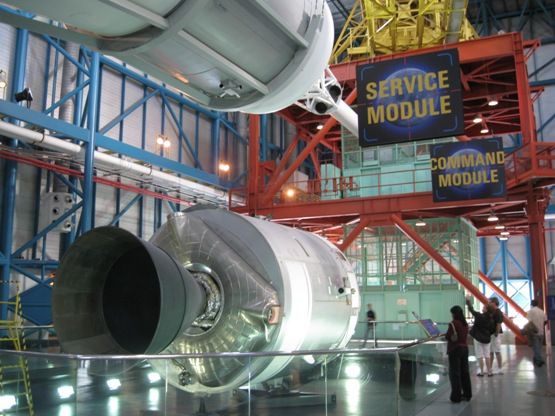

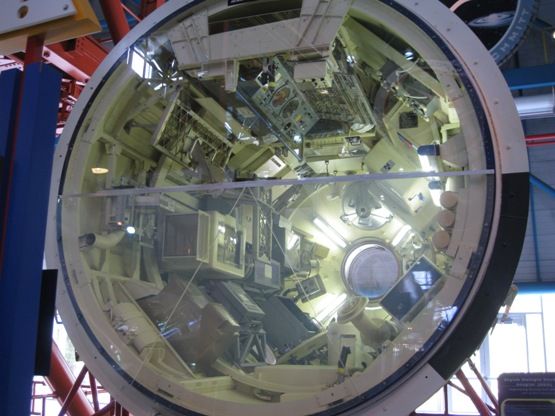
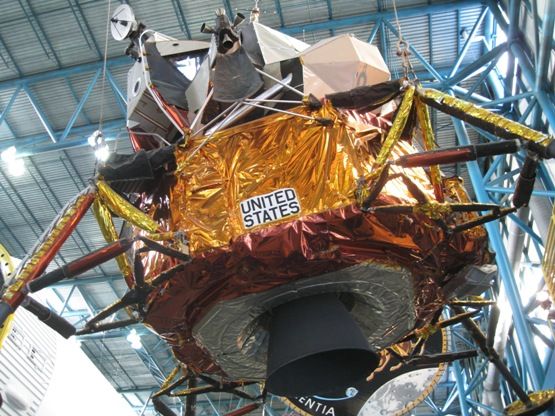
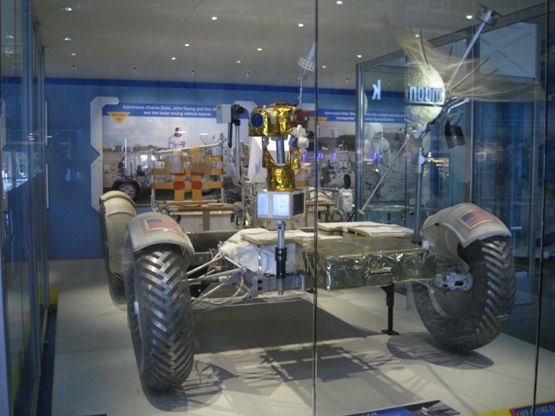
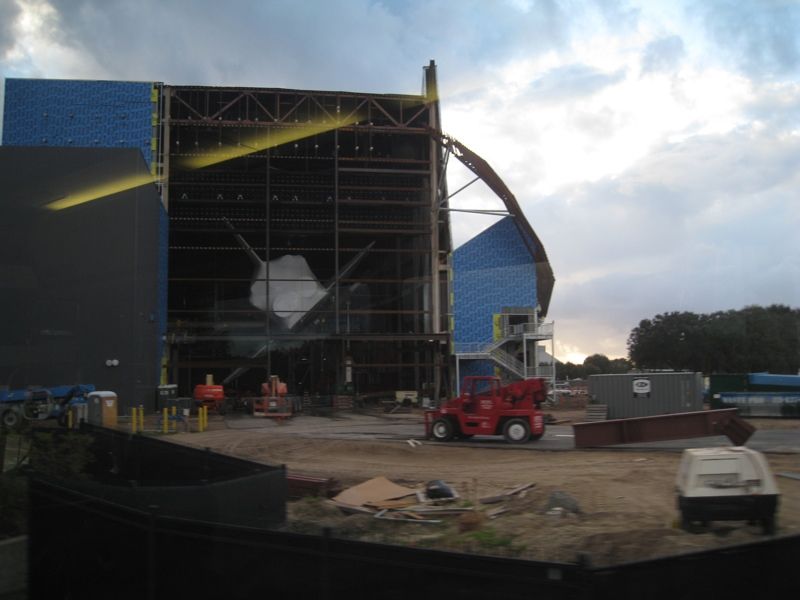
No comments:
Post a Comment